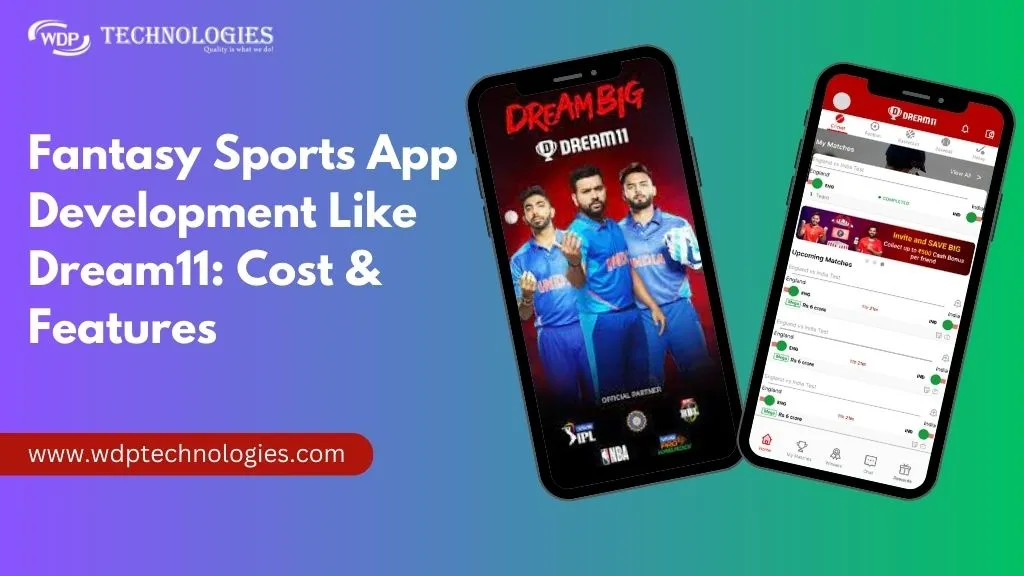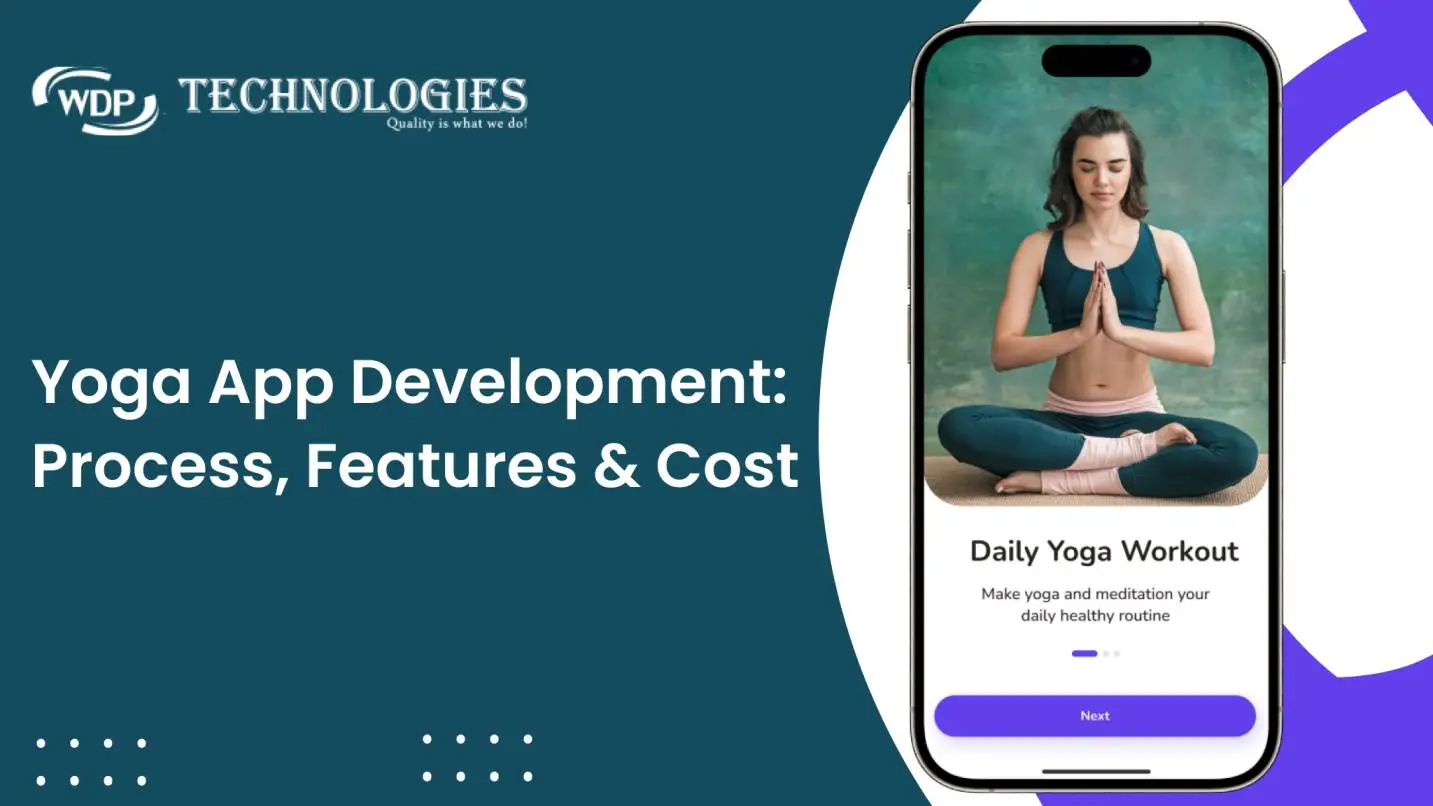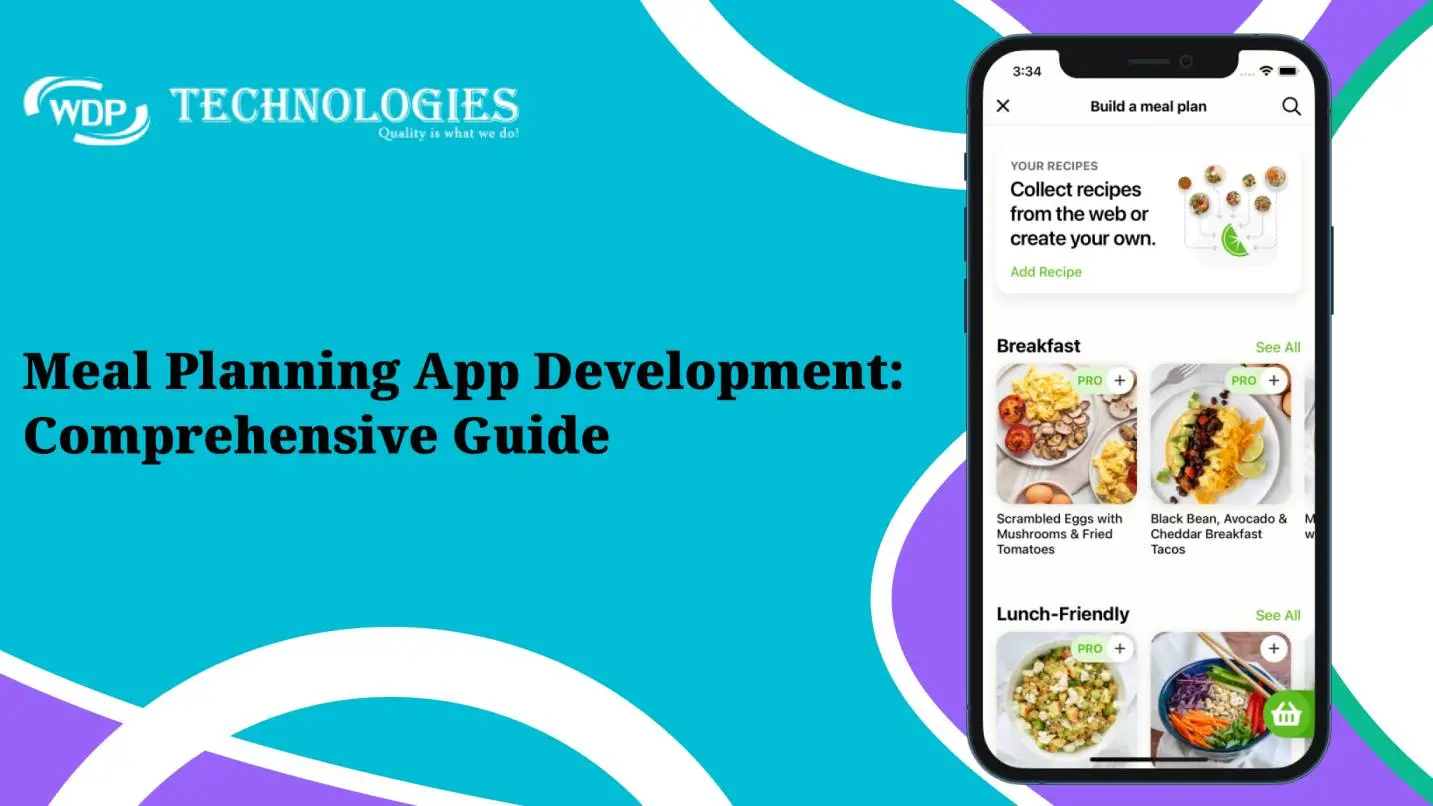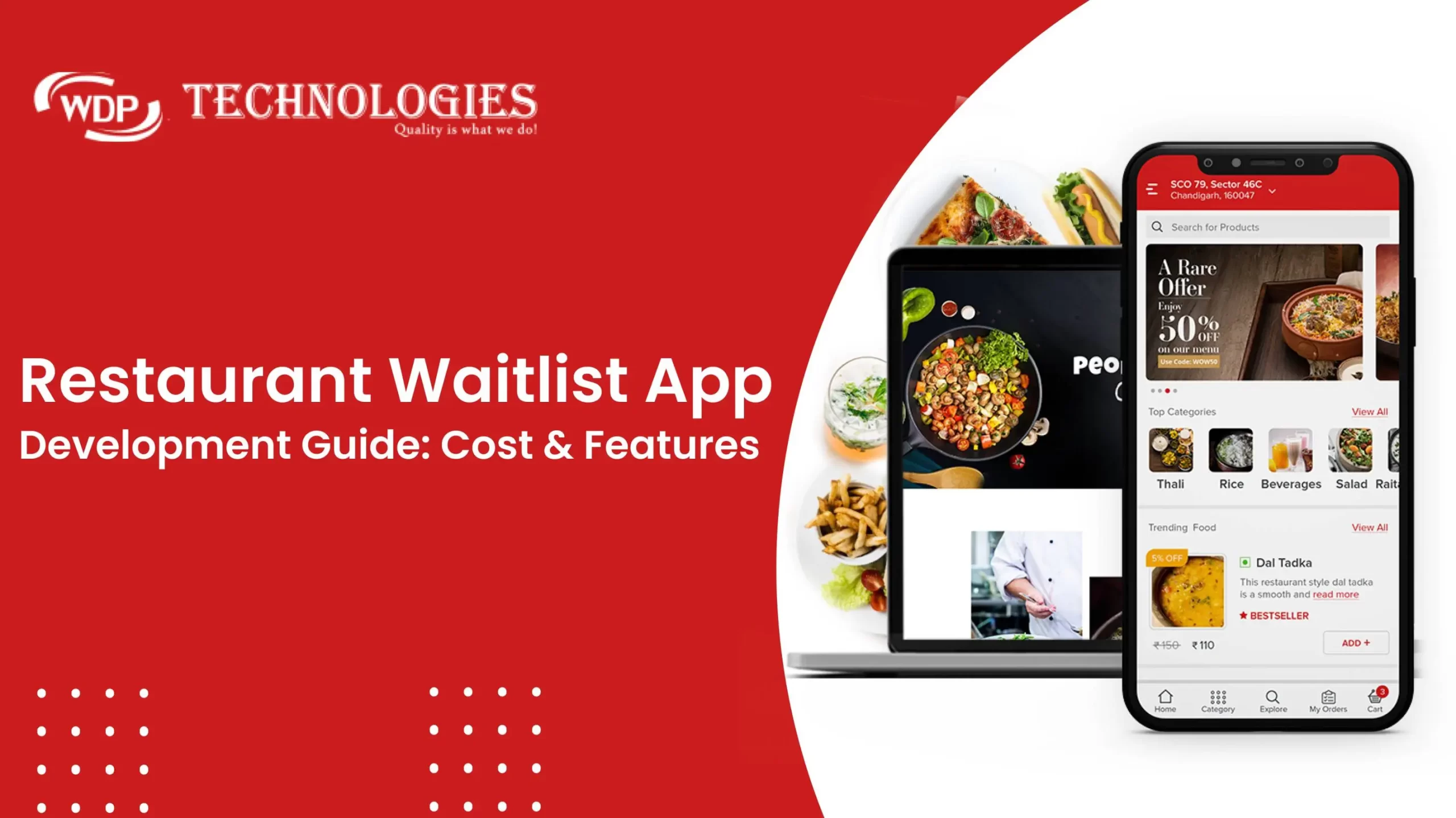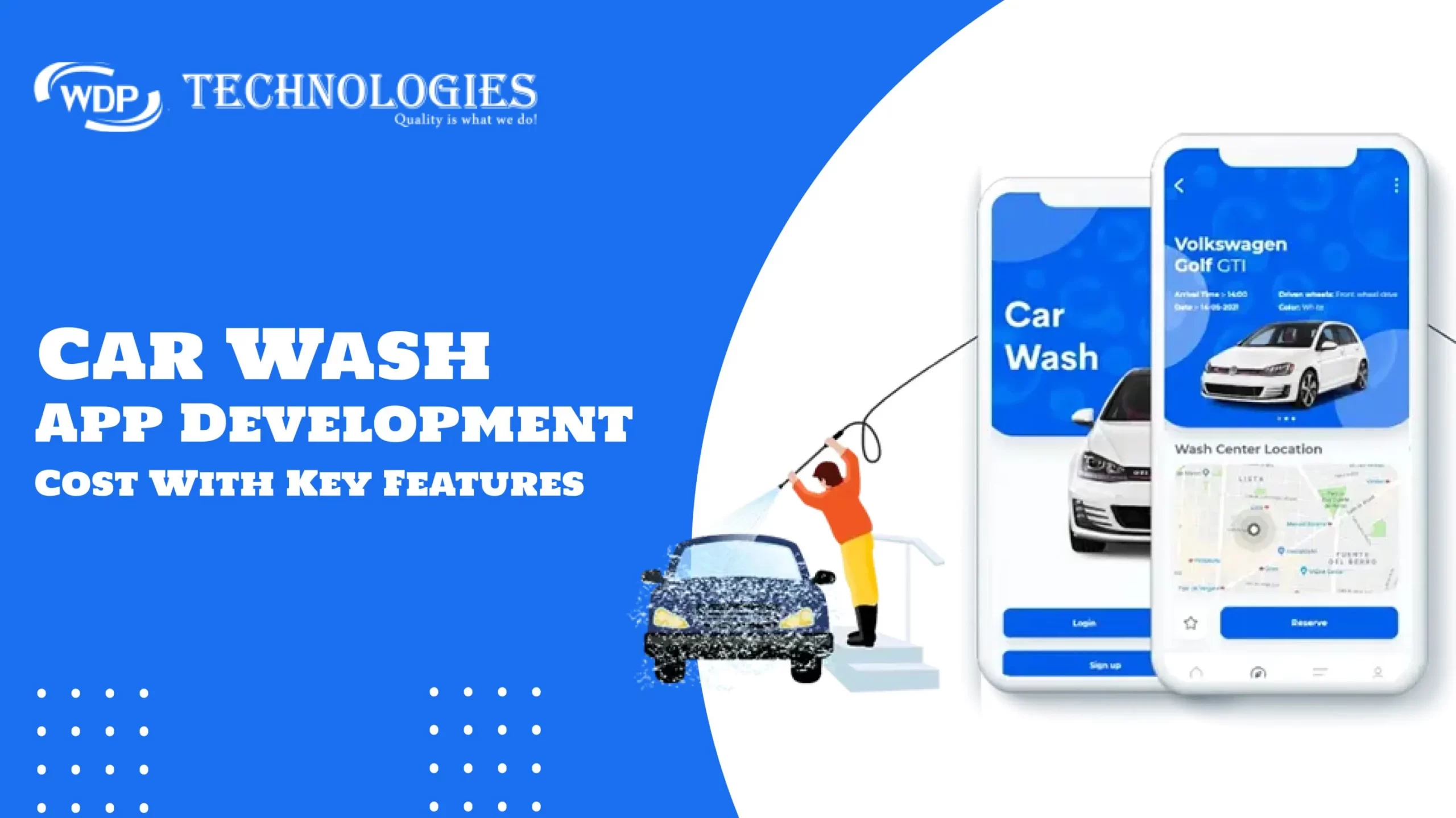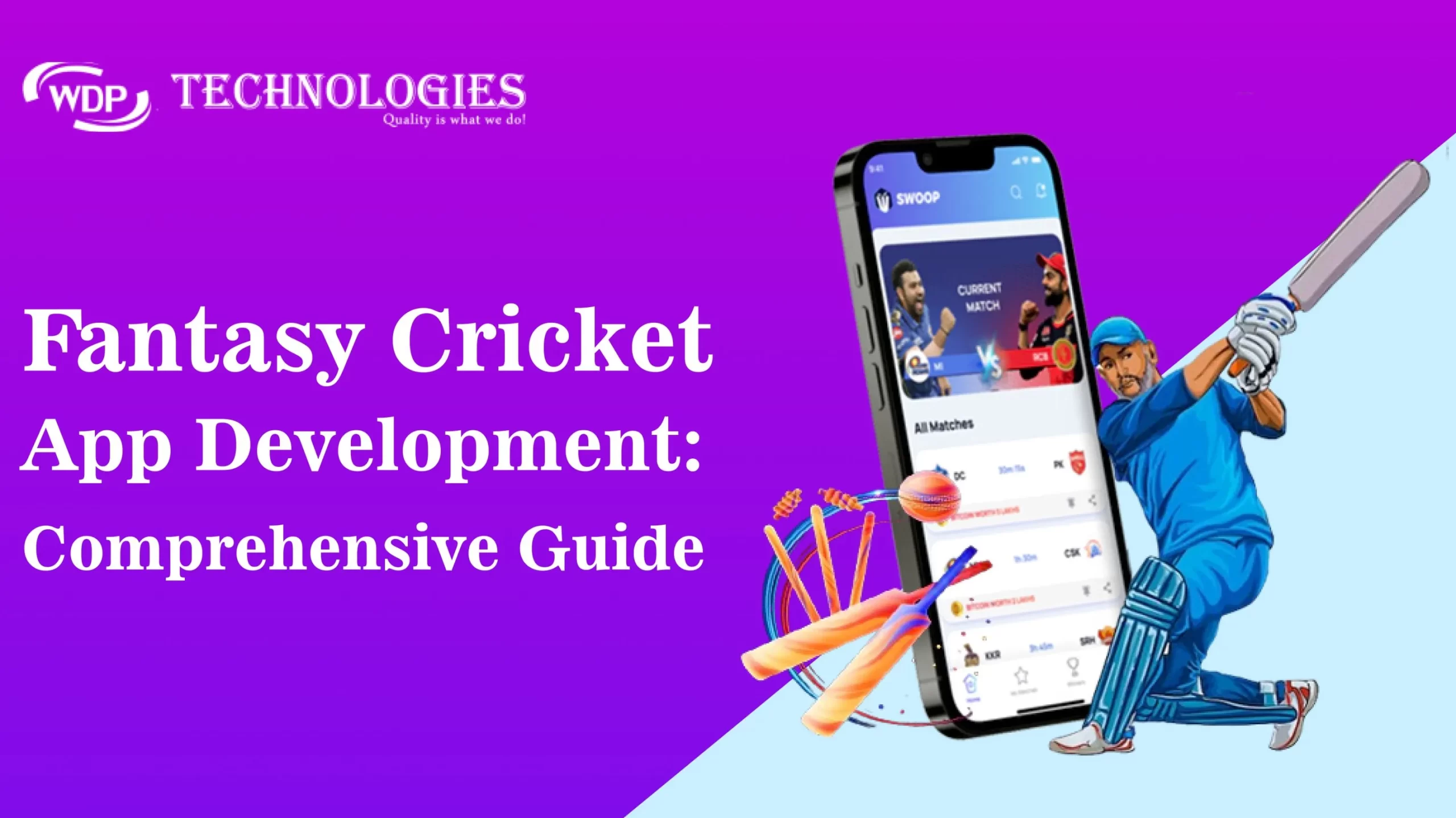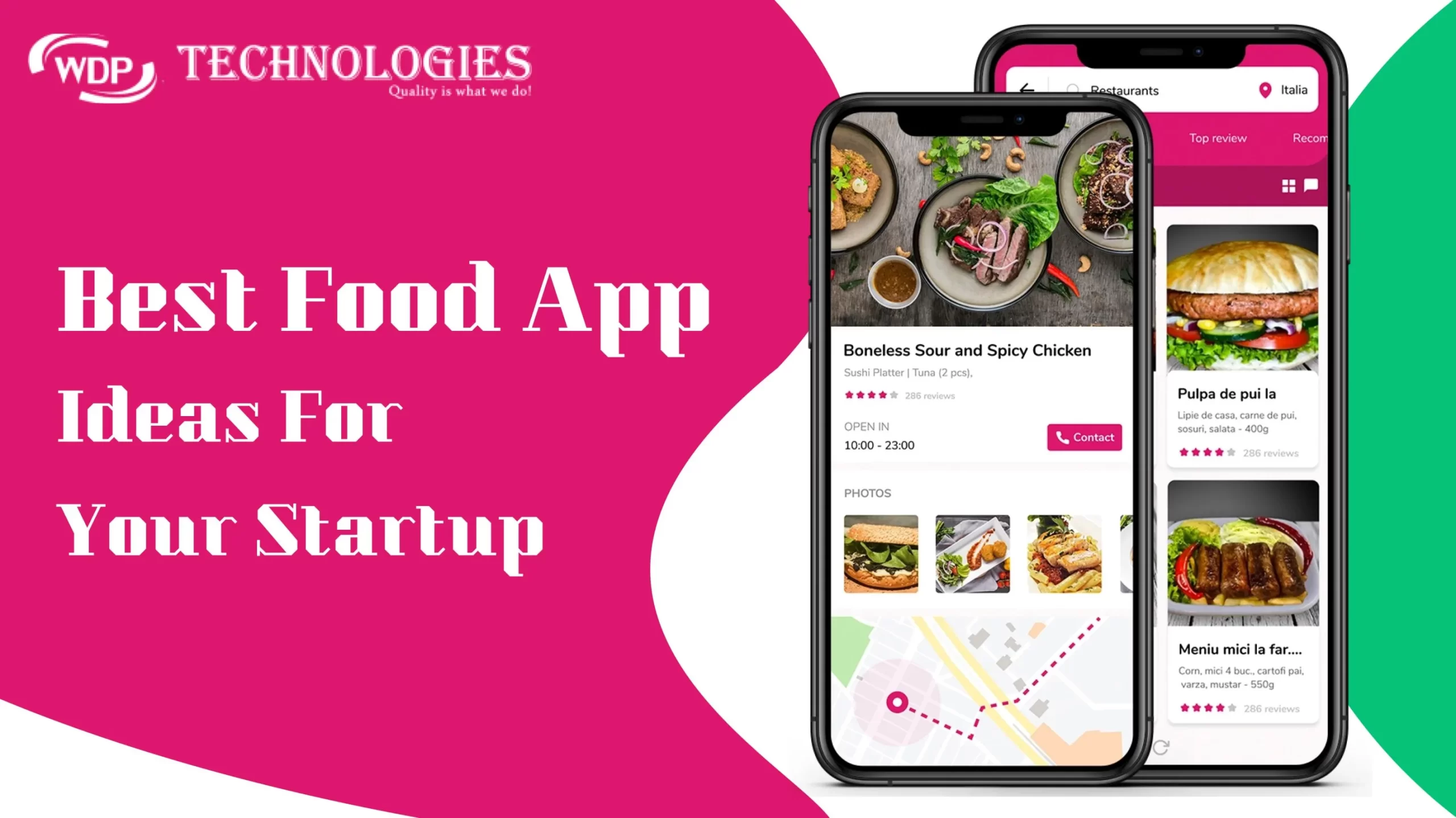Fantasy sports apps have taken the world by storm, providing sports enthusiasts with an immersive and engaging platform to showcase their managerial skills. Dream11, a pioneer in the fantasy sports domain, has set the benchmark for others to follow. If you’re considering venturing into the realm of fantasy sports app development, this comprehensive guide will navigate you through the intricacies, covering both the costs involved and the essential features that make an app successful.
Understanding the Fantasy Sports App Landscape:
Fantasy sports apps have become really popular, attracting millions of users for different sports competitions. Cricket, football, basketball, and baseball are key sports that drive engagement in these apps. Cricket is especially popular in countries like India, contributing a lot to the large fan base of fantasy sports apps. Football’s worldwide popularity, the fast pace of basketball, and the strategic appeal of baseball are also important for keeping users interested.
Fantasy sports change the way people enjoy sports by making it interactive and competitive. Users can create their dream teams, manage players, and enjoy real-time excitement. As the industry grows, adding new and creative features is expected to make the user experience even better, making fantasy sports apps essential for sports fans around the world.
Key Features of Fantasy Sports App:
Fantasy sports apps have become immensely popular due to their engaging features that allow users to immerse themselves in the thrill of managing their dream teams. Here are key features essential for a successful fantasy sports app:
1. User Registration & Profile Management:
Seamless registration process with social media integration: Users should be able to register effortlessly, and integrating social media login options streamlines this process, enhancing user convenience.
User profile creation with the ability to customize teams and preferences: Enabling users to personalize their profiles, including team preferences, fosters a sense of ownership and engagement.
2. Real-time Match Updates:
Live score updates integrated with third-party APIs: The app should provide real-time scores through reliable third-party APIs, ensuring users stay informed about match progress promptly.
Push notifications for match events and player performances: Push notifications enhance user engagement by delivering instant updates on match events and standout player performances.
3. Player Selection & Team Formation:
Intuitive player selection interface with real-time player statistics: A user-friendly interface with live player statistics aids in informed decision-making during team selection.
Formation customization options for users to build their dream teams: Allowing users to customize team formations adds a strategic element, enabling them to create their dream lineup.
4. Multiple Fantasy Formats:
Offer various fantasy formats like daily, weekly, or season-long contests: Diversifying contest formats caters to different user preferences and time commitments.
Include salary cap-based and draft-based formats for team creation: Providing options for salary cap-based and draft-based team creation adds variety and accommodates varying user preferences.
5. In-app Wallet and Transactions:
Secure payment gateways for deposits and withdrawals: Ensuring secure financial transactions is paramount for user trust and satisfaction.
Virtual wallet integration for managing user funds within the app: A virtual wallet system simplifies fund management, allowing users to seamlessly participate in contests.
6. Leaderboards and Rankings:
Dynamic leaderboards displaying top-performing users: Real-time leaderboards showcase user standings, fostering competition and motivation.
Weekly or monthly rankings to encourage competition: Periodic rankings add a competitive edge and keep users engaged over the long term.
7. Gamification Features:
Badges, rewards, and achievement systems for user engagement: Introducing gamification elements motivates users and enhances overall app engagement.
Virtual trophies or medals for outstanding performances: Recognizing outstanding performances with virtual trophies or medals adds a sense of accomplishment.
8. Social Sharing:
Integration with social media platforms for sharing achievements and updates: Social integration enables users to share their accomplishments, expanding the app’s reach organically.
In-app chat or messaging features for user interaction: In-app communication features facilitate user interaction, creating a sense of community within the app.
9. Admin Dashboard:
Centralized dashboard for managing users, contests, and app settings: An efficient admin dashboard streamlines app management, ensuring seamless control over user activities and app configurations.
Real-time analytics for user behavior and app performance: Analyzing real-time analytics assists administrators in making data-driven decisions, optimizing the app’s performance, and enhancing user experience.
The Fantasy Sports App Development Process:
The process of developing a fantasy sports app involves several crucial stages to ensure a seamless user experience and overall success. Let’s delve into each step:
1. Market Research:
Target Audience Analysis: Understand the demographics, preferences, and behaviors of your target audience.
Competitor Analysis: Study existing fantasy sports apps to identify strengths, weaknesses, and opportunities.
Sports and Leagues Identification: Determine the most popular sports and leagues to include in your app.
2. Choose App Platforms:
Platform Decision: Decide whether to develop the app for iOS, Android, or both platforms.
Cross-Platform Development: Consider using cross-platform development frameworks for efficiency and broader reach.
3. Design and Prototyping:
User-Friendly Interface: Create a visually appealing and easy-to-navigate interface for a positive user experience.
Wireframes and Prototypes: Develop wireframes and prototypes to visualize the app’s structure and functionalities. Conduct user testing for feedback.
4. Backend Development:
Backend Technology Stack: Choose a robust technology stack for the backend to handle user data, transactions, and app logic.
Database, Servers, and APIs: Implement databases to store user information, set up servers for handling requests, and integrate APIs for real-time sports data.
5. Frontend Development:
Responsive Interfaces: Develop frontend interfaces that are responsive, ensuring a consistent and enjoyable user experience across various devices.
Compatibility: Ensure compatibility with different device sizes, resolutions, and operating systems.
6. Third-party Integrations:
Real-time Sports Data APIs: Integrate reliable sports data APIs for live updates on scores, player performances, and other relevant information.
Payment Gateways: Implement secure payment gateways to facilitate transactions within the app.
7. Testing and Quality Assurance:
Functionality and Security Testing: Conduct thorough testing to ensure all features work as intended and identify and address potential security vulnerabilities.
Bug Fixing and Optimization: Address any bugs or issues discovered during testing and optimize the app’s performance.
8. Launch and Marketing:
App Deployment: Deploy the fantasy sports app on the respective app stores (App Store, Google Play).
Marketing Strategies: Implement effective marketing strategies to promote the app, attract users, and drive user acquisition. Utilize social media, influencer partnerships, and other channels.
By following these steps, developers can create a robust and user-friendly fantasy sports app that caters to the preferences of sports enthusiasts while ensuring a competitive edge in the market.
Cost of Fantasy Sports App Development
The development cost varies based on features, complexity, and team rates. Basic fantasy sport apps may start at $50,000, increasing for advanced features. Considerations include the development team, technology stack, features, and ongoing maintenance and updates.
Development Team: Project Manager, UI/UX Designers, Frontend Developers, Backend Developers, QA Engineers.
Technology Stack: Server Hosting, Database, APIs, Payment Gateways.
Features and Complexity: Basic features cost less; customization increases expenses.
Maintenance and Updates: Budget for ongoing maintenance, updates, and security patches.
Conclusion:
Embarking on the journey of fantasy sports app development requires careful planning, a clear understanding of user expectations, and a commitment to delivering an exceptional user experience. The costs associated with development are an investment in the potential success of the app.
By incorporating the key features discussed and staying abreast of industry trends, developers can create an app that captures the imagination of sports enthusiasts worldwide. Whether you aim to rival giants like Dream11 or carve your niche, the fantasy sports app development landscape is ripe for innovation and success.

